
Tarija: The Valley of Wine and Tradition
Discover Tarija, Bolivia’s hidden gem known for its stunning vineyards, colonial charm, and breathtaking natural beauty. Perfect for wine lovers and adventure seekers alike.
Nestled in the heart of Bolivia, Tarija is a city that promises an enchanting blend of natural beauty, rich history, and vibrant culture. Known as the 'Bolivian Andalusia,' Tarija's landscapes are a picturesque mix of rolling vineyards, lush valleys, and majestic mountains. The city's mild climate makes it a perfect year-round destination for travelers seeking both relaxation and adventure. Tarija is renowned for its wine production, particularly its high-altitude vineyards that produce some of the finest wines in South America. Visitors can explore various wineries, participate in wine tastings, and even take part in the annual Wine Festival. The city's historic center, with its colonial architecture, cobblestone streets, and charming plazas, offers a glimpse into its storied past. The Casa Dorada, a historic mansion turned museum, and the Cathedral of San Bernardo are must-see landmarks. Beyond its historical and cultural attractions, Tarija is a gateway to some of Bolivia's most stunning natural sites. The nearby Sama Biological Reserve is a haven for wildlife enthusiasts and hikers, while the scenic San Jacinto Lake offers opportunities for water sports and picnics. The city's vibrant markets, filled with local crafts and delicious cuisine, reflect the warmth and hospitality of the Tarijenos. Whether you're savoring a traditional dish like saice or enjoying a leisurely stroll along the Guadalquivir River, Tarija captivates with its charm and beauty.
Local tips in Tarija
- Visit during the Wine Festival in April to experience the best of Tarija's wine culture.
- Try the local dish 'saice,' a flavorful beef stew served with rice and potatoes.
- Take a guided tour of the historic Casa Dorada for a deep dive into Tarija's colonial past.
- Rent a bike to explore the scenic countryside and vineyards at your own pace.
- Don't miss the sunset views from the Mirador de la Loma de San Juan.
- Pack layers; Tarija's weather can vary with warm days and cooler nights.
Tarija: The Valley of Wine and Tradition
Nestled in the heart of Bolivia, Tarija is a city that promises an enchanting blend of natural beauty, rich history, and vibrant culture. Known as the 'Bolivian Andalusia,' Tarija's landscapes are a picturesque mix of rolling vineyards, lush valleys, and majestic mountains. The city's mild climate makes it a perfect year-round destination for travelers seeking both relaxation and adventure. Tarija is renowned for its wine production, particularly its high-altitude vineyards that produce some of the finest wines in South America. Visitors can explore various wineries, participate in wine tastings, and even take part in the annual Wine Festival. The city's historic center, with its colonial architecture, cobblestone streets, and charming plazas, offers a glimpse into its storied past. The Casa Dorada, a historic mansion turned museum, and the Cathedral of San Bernardo are must-see landmarks. Beyond its historical and cultural attractions, Tarija is a gateway to some of Bolivia's most stunning natural sites. The nearby Sama Biological Reserve is a haven for wildlife enthusiasts and hikers, while the scenic San Jacinto Lake offers opportunities for water sports and picnics. The city's vibrant markets, filled with local crafts and delicious cuisine, reflect the warmth and hospitality of the Tarijenos. Whether you're savoring a traditional dish like saice or enjoying a leisurely stroll along the Guadalquivir River, Tarija captivates with its charm and beauty.
When is the best time to go to Tarija?
Iconic landmarks you can’t miss
Main Plaza Tarija
Explore Main Plaza Tarija, a beautiful park infused with local culture, vibrant gardens, and a hub of community life in Tarija, Bolivia.
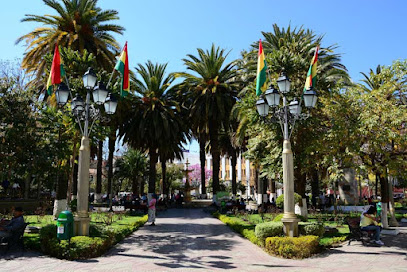
Sucre Plaza
Discover the heart of Tarija at Sucre Plaza, a vibrant park filled with lush greenery, local culture, and a welcoming atmosphere.
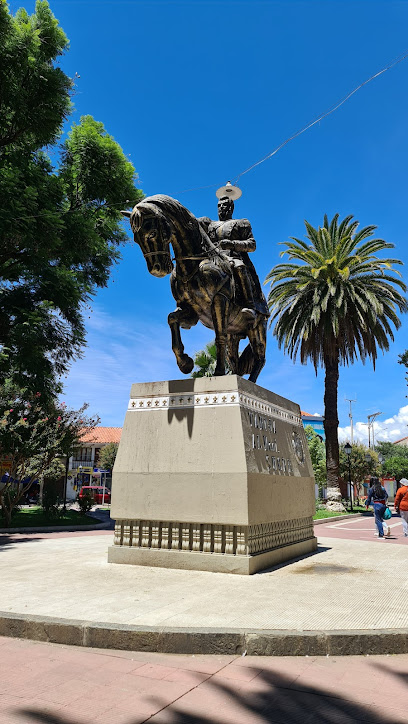
Casa Dorada
Explore the rich cultural heritage of Bolivia at Casa Dorada in Tarija, a must-see national museum filled with captivating exhibits and local artistry.
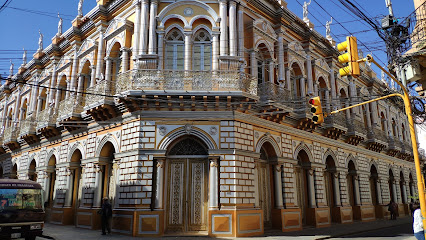
Represa San Jacinto
Experience the natural beauty and tranquility of Represa San Jacinto in Tarija, Bolivia, a perfect destination for nature lovers and adventure seekers.
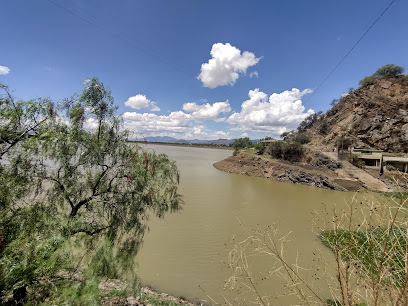
Tarija Airport
Discover the charm of Tarija, Bolivia's wine region, with easy access through Tarija Airport, your gateway to rich culture and stunning landscapes.
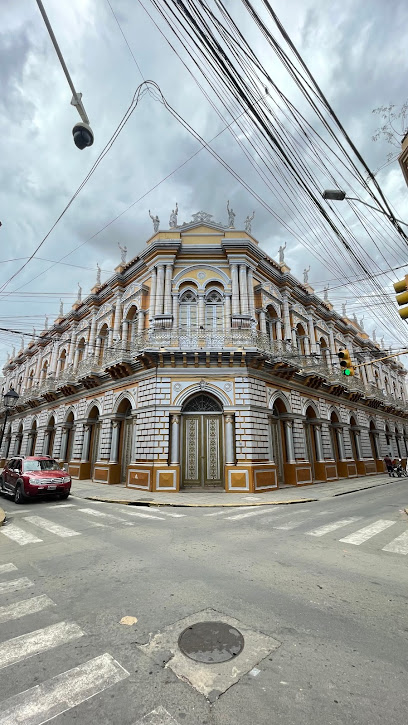
Mirador de los Suenos
Explore the stunning landscapes of Tarija from Mirador de los Suenos, an observation deck offering breathtaking views and a serene atmosphere.
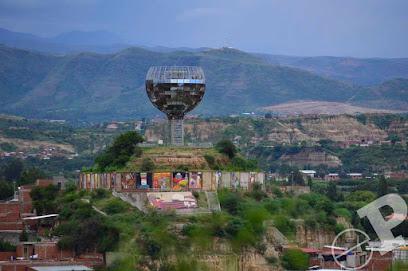
Castillo Azul Moises Navajas
Explore the enchanting Castillo Azul Moises Navajas in Tarija, a historical marvel that showcases Bolivia's architectural beauty and rich cultural heritage.
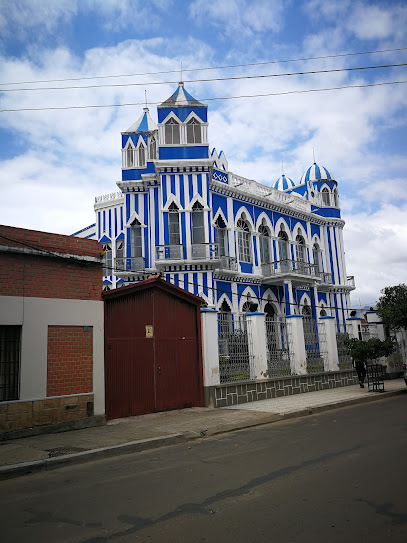
Chorros de Marquiri
Discover the enchanting Chorros de Marquiri, where stunning waterfalls and lush landscapes await your exploration in Bolivia's natural paradise.
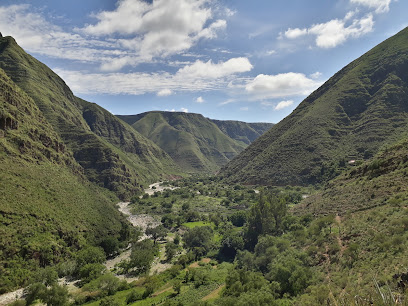
Bodega de Campos de Solana
Explore the beauty of Bolivian winemaking at Bodega de Campos de Solana, where stunning vineyards and exquisite wines await your visit.
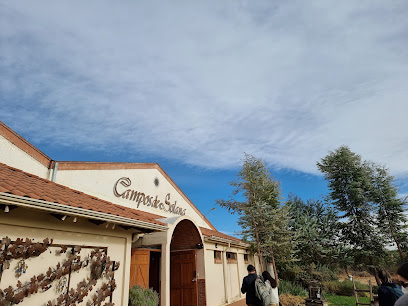
Casa Vinícola El Potro
Discover the charm of Tarija's wine culture at Casa Vinícola El Potro, where exquisite flavors and breathtaking landscapes await.
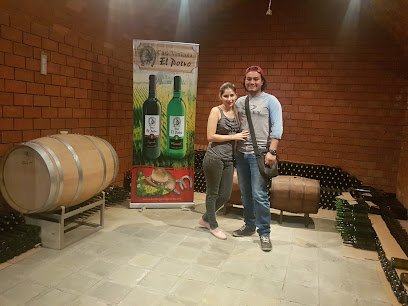
Cascada de Coimata
Discover the enchanting beauty of Cascada de Coimata, a hidden waterfall gem in Bolivia, perfect for nature lovers and adventure seekers.
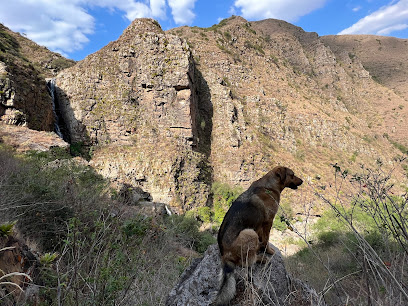
Tarija-Bolivia
Explore the vibrant seafood scene in Tarija, Bolivia, where every meal tells a story of tradition and flavor amidst stunning landscapes.
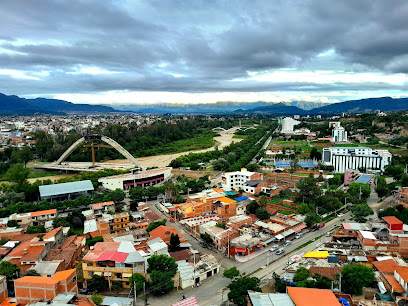
El Museo De San Roque De Tarija
Explore the rich cultural heritage of Tarija at El Museo De San Roque, where history comes alive through captivating exhibits and local traditions.
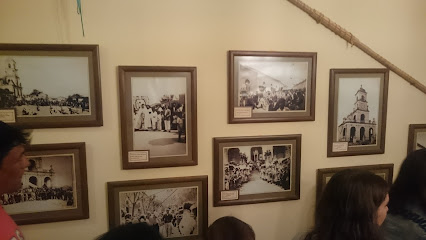
Tarija Bolivia
Explore the enchanting city of Tarija, Bolivia – a haven for wine lovers and culture enthusiasts alike, offering stunning landscapes and delicious local cuisine.

Secretaria de Turismo y Cultura Gobierno Autonomo Muncipal de Tarija y la Provincia Cercado
Explore the vibrant culture of Tarija at the Secretaria de Turismo y Cultura, your gateway to historical insights and local treasures.

Unmissable attractions to see
Main Plaza Tarija
Experience the vibrant culture and culinary delights of Tarija at the stunning Main Plaza, a must-visit destination for travelers.
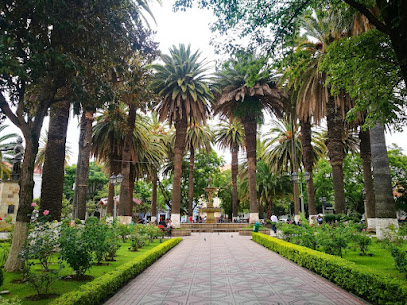
Mercado Campesino
Discover the essence of Tarija at Mercado Campesino, a vibrant farmers' market filled with fresh produce, local delicacies, and Bolivian culture.
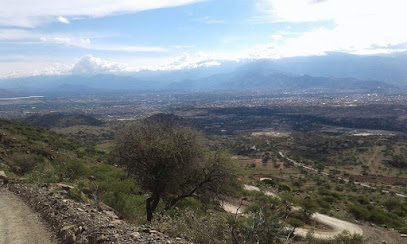
Parque Bolívar
Experience the serene beauty of Parque Bolívar, a lush urban park in Tarija, perfect for relaxation, family fun, and cultural events.
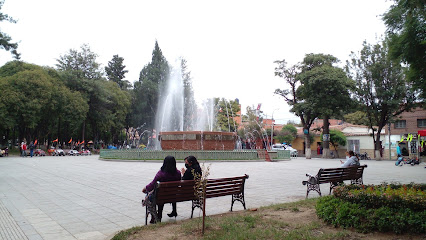
Sucre Plaza
Explore the vibrant Sucre Plaza in Tarija, where lush greenery meets rich cultural heritage in a picturesque setting.
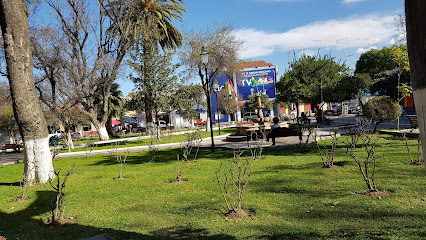
Flores Park
Explore Flores Park in Tarija, a beautiful park offering lush landscapes, family-friendly activities, and a glimpse into Bolivian culture.
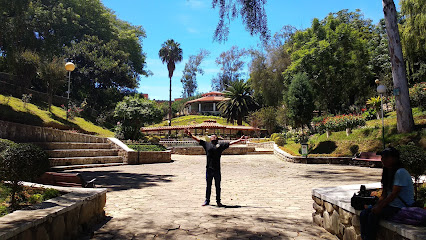
Casa Dorada
Discover the rich cultural heritage of Tarija at Casa Dorada, a national museum showcasing Bolivia's history through captivating exhibits and artifacts.
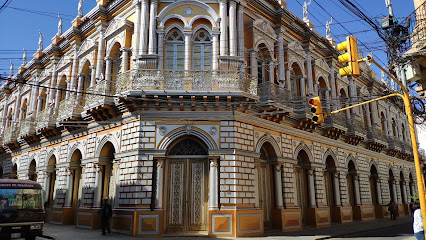
Represa San Jacinto
Experience the breathtaking beauty and tranquil atmosphere of Represa San Jacinto, a must-visit reservoir in Tarija, Bolivia, perfect for nature lovers.
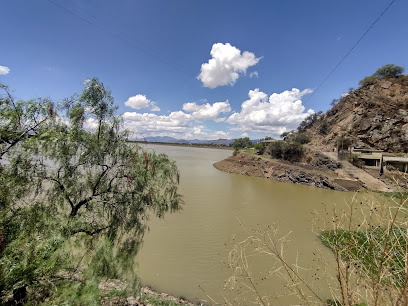
Mirador de la Loma de San Juan
Discover the breathtaking views and serene atmosphere at Mirador de la Loma de San Juan, the perfect park for nature lovers in Tarija.
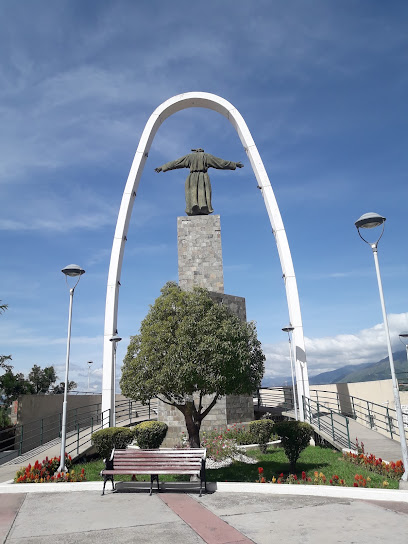
Museo Nacional Paleontológico Arqueológico
Explore Bolivia's ancient past at the Museo Nacional Paleontológico Arqueológico in Tarija, where fascinating fossils and artifacts await every visitor.
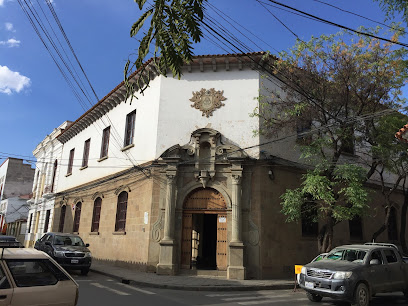
Mirador de los Suenos
Experience breathtaking views and serene moments at Mirador de los Sueños, Tarija's must-visit observation deck offering stunning panoramas.
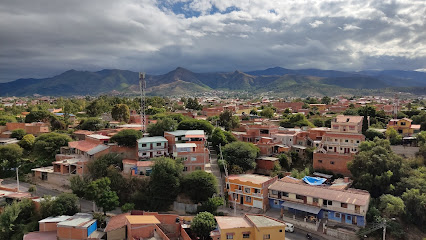
Coimata
Discover the serene beauty of Coimata, a nature preserve in Tarija, Bolivia, offering lush landscapes and diverse wildlife for a perfect getaway.
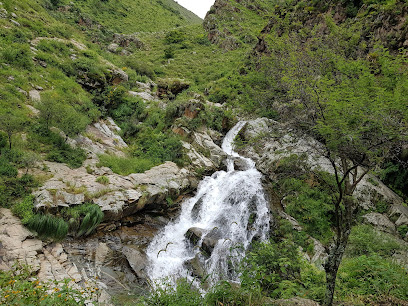
Changuitos Park
Explore the lush greenery and tranquil atmosphere of Changuitos Park in Tarija, Bolivia—a perfect escape for nature lovers and families alike.
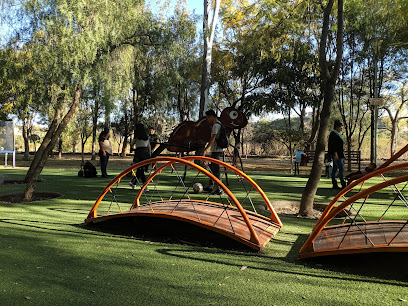
Castillo Azul Moises Navajas
Discover the enchanting Castillo Azul Moises Navajas in Tarija, Bolivia - a historical gem filled with beauty and rich cultural heritage.
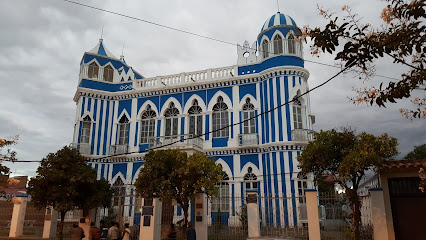
Mirador Juan Pablo II
Discover the stunning vistas and rich culture of Tarija from the breathtaking heights of Mirador Juan Pablo II, an unforgettable observation deck experience.

Chorros de Marquiri
Explore the enchanting Chorros de Marquiri, a breathtaking Bolivian paradise of cascading waterfalls and stunning landscapes.
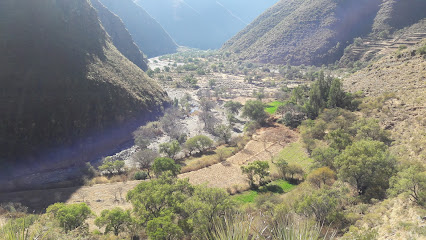
Essential places to dine
Gattopardo
Experience the best of Bolivian cuisine at Gattopardo in Tarija - where local flavors meet international flair.
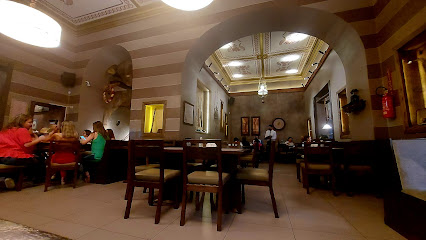
Churrasqueria El Fogón del Gringo
Experience the best grilled meats in Tarija at Churrasqueria El Fogón del Gringo – a culinary delight that celebrates Bolivian flavors.
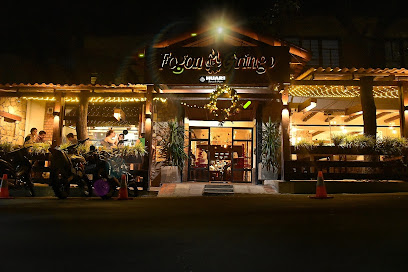
Casona del Molino
Experience the best of Bolivian cuisine at Casona del Molino in Tarija - where tradition meets culinary excellence.
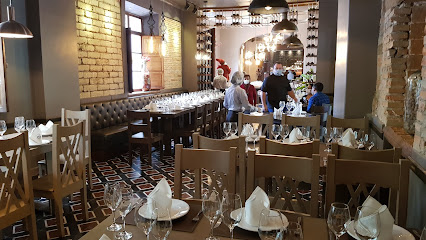
Restaurante El Marques
Discover the rich flavors of Bolivian cuisine at Restaurante El Marques in Tarija - where every dish tells a story.
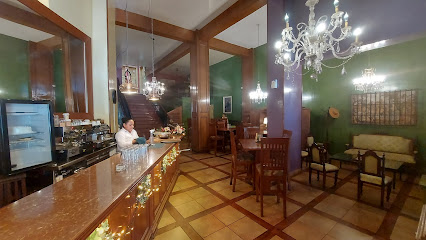
Restaurante - Salteñeria Punto de Encuentro
Experience authentic Bolivian flavors at Salteñeria Punto de Encuentro in Tarija - a culinary haven for salteña lovers!
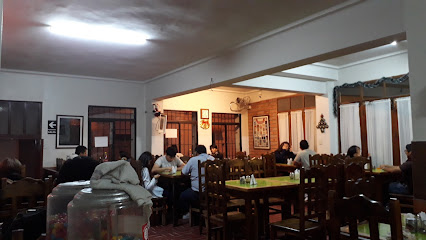
La Cacharpaya
Experience authentic Bolivian flavors at La Cacharpaya in Tarija - where tradition meets taste.
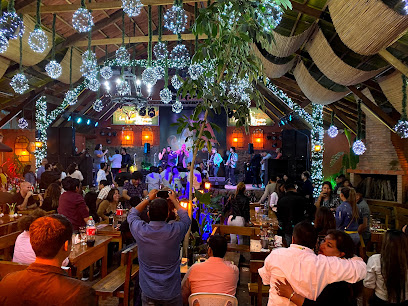
La Cocina Ristorante
Experience authentic Italian cuisine at La Cocina Ristorante in Tarija – where every meal is crafted with passion and tradition.
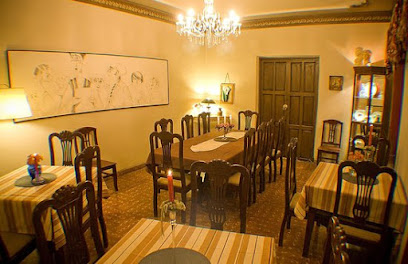
Restaurante Don Ñato (saice)
Experience authentic Bolivian cuisine at Restaurante Don Ñato - home of delicious saice in the heart of Tarija.

La Yunta (Buffet criollo)
Discover authentic Bolivian cuisine at La Yunta in Tarija – where every dish tells a story!
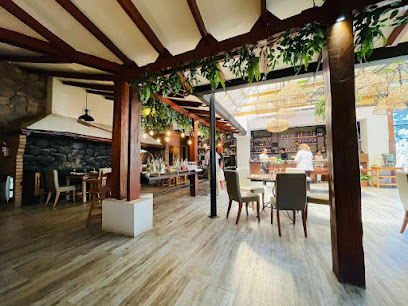
Restaurante El Molino
Discover exquisite vegetarian cuisine at Restaurante El Molino in Tarija - where local flavors meet healthy eating.
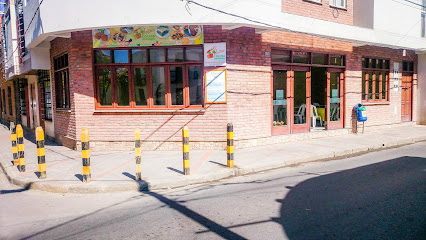
EL JARDIN DE LA REPUBLICA
Discover El Jardín de la República in Tarija for an unforgettable dining experience filled with authentic Bolivian flavors and warm hospitality.
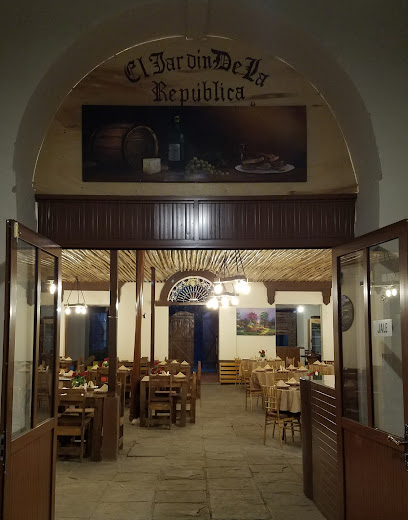
LA TRADICIÓN RESTAURANT
Experience authentic Bolivian cuisine at La Tradición Restaurant in Tarija – where every dish tells a story.
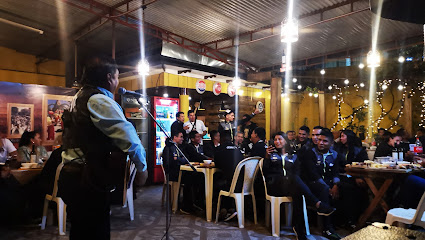
Pimienta Negra Tarija
Discover authentic Peruvian cuisine at Pimienta Negra Tarija - where every dish tells a story.
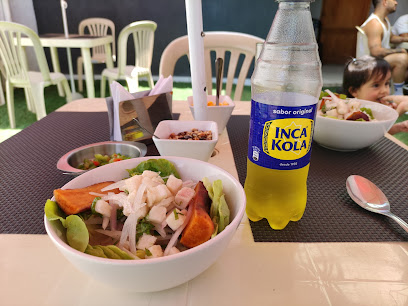
EmBajada De Tarija
Experience a delightful culinary journey at EmBajada De Tarija, where local flavors meet global cuisine in a vibrant buffet setting.

Almuerzo Muy Exquisito
Experience authentic Bolivian cuisine at Almuerzo Muy Exquisito in Tarija - where every meal tells a story.
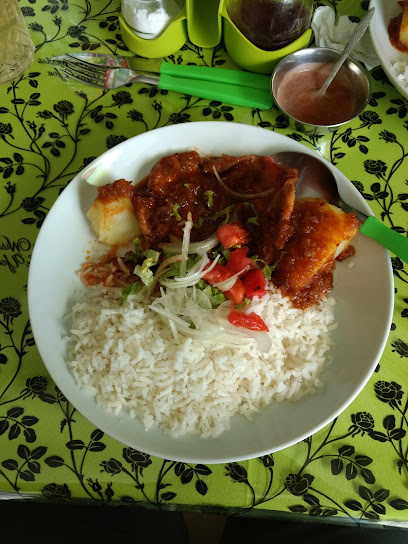
Markets, malls and hidden boutiques
Sucre Plaza
Discover the lush gardens and cultural vibrancy of Sucre Plaza, a tranquil park in Tarija perfect for relaxation and exploration.
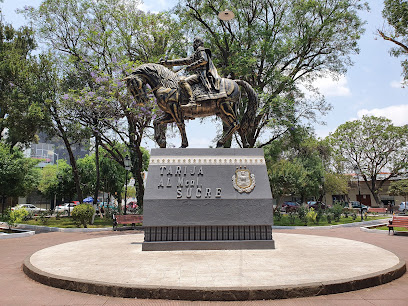
Casa Dorada
Explore the vibrant culture and history of Bolivia at Casa Dorada, a must-visit national museum in Tarija.
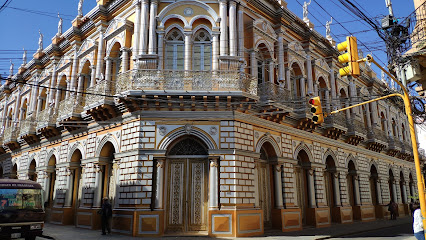
Mercado Lourdes
Experience the vibrant culture and fresh flavors at Mercado Lourdes, Tarija's bustling produce market, a true culinary gem in Bolivia.
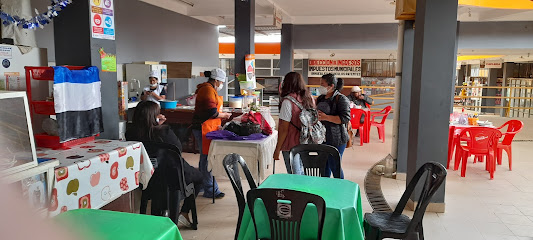
SHOPPING SUR
Discover the best fashion finds and unique souvenirs at Shopping Sur, Tarija's premier clothing store for tourists and locals alike.

Boca Shop/River Plate Store
Explore the heart of Argentine football at Boca Shop/River Plate Store in Tarija, where sports culture comes alive with exclusive memorabilia and gear.
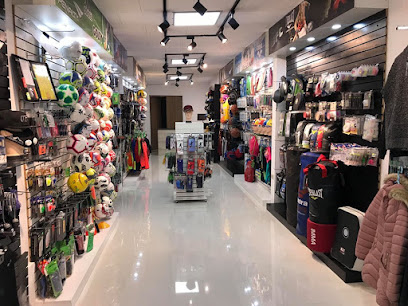
La economicaa
Discover the rich flavors of Tarija with a visit to La Economicaa, your ultimate liquor store for local wines and spirits.

Aloha Tarija Accesorios
Explore Aloha Tarija Accesorios for unique Bolivian gifts and souvenirs that capture the essence of Tarija's vibrant culture.
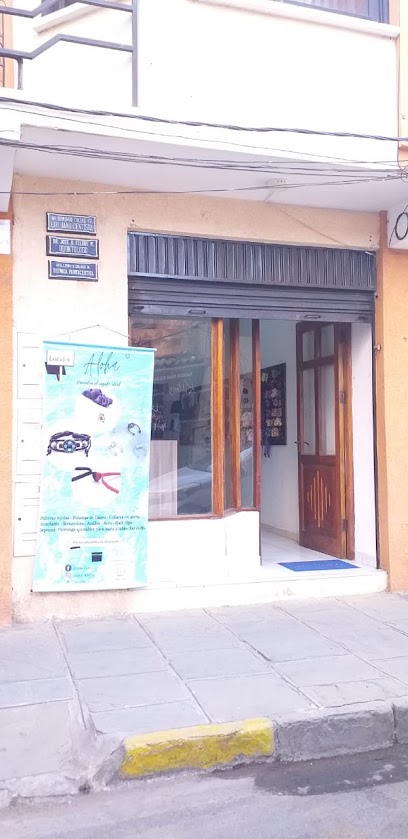
Tiktok Store
Explore Tiktok Store in Tarija for unique home goods and exquisite cigars, perfect souvenirs capturing the essence of Bolivia.
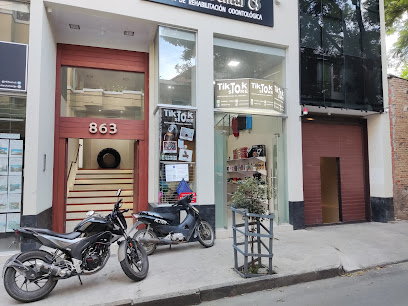
CHURITAS COSAS - Tienda de Regalos y Accesorios
Explore Churitas Cosas in Tarija, where local craftsmanship meets unique gifting in a charming and welcoming atmosphere.
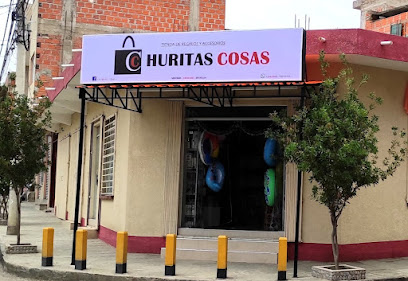
Tienda 6 de enero y tigo money
Explore Tienda 6 de enero y Tigo Money in Tarija for fresh local produce and a taste of Bolivian culture, all in a vibrant supermarket setting.

Tienda Doña Aydee
Explore authentic Bolivian flavors at Tienda Doña Aydee, your go-to grocery store in Tarija for local delicacies and culinary treasures.

Shopping San Juan Del Oro
Explore Shopping San Juan Del Oro in Tarija, where shopping meets entertainment in a vibrant outlet mall setting.

Sex Shop Americano Tarija
Explore your desires at Sex Shop Americano Tarija, the premier adult entertainment store offering a wide range of products for a fulfilling intimate experience.

Comercial 15 de abril | Tarija
Discover the charm of Tarija at Comercial 15 de Abril, your ultimate shopping haven filled with local culture, fashion, and culinary delights.

Hechicero store
Explore the vibrant Hechicero Store in Tarija for unique crafts and cultural treasures that embody the spirit of Bolivia.
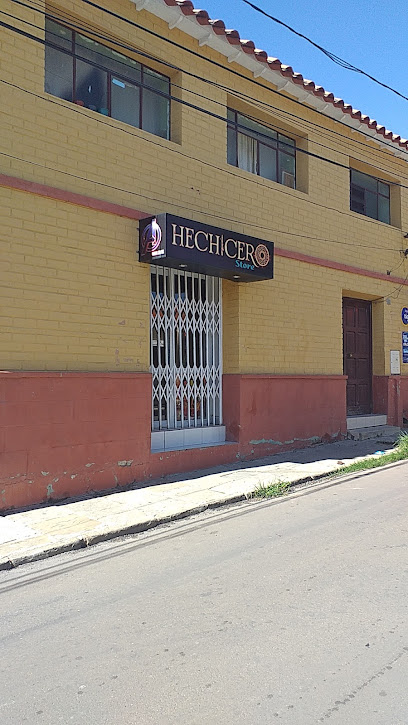
Essential bars & hidden hideouts
LA U RESTO BAR
Experience the vibrant culinary scene of Tarija at LA U RESTO BAR, where grilled delights and local charm unite for an unforgettable dining adventure.
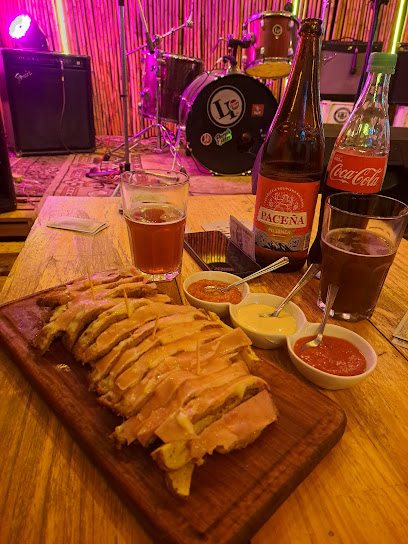
CODICE BOLIVIA
Discover the lively atmosphere and exquisite flavors at CODICE BOLIVIA, Tarija's premier gastropub for dining and entertainment.
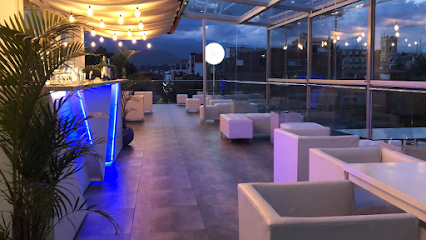
The House Resto-Bar
Discover the flavors of Bolivia at The House Resto-Bar in Tarija, where local ingredients meet vibrant drinks and a lively atmosphere.
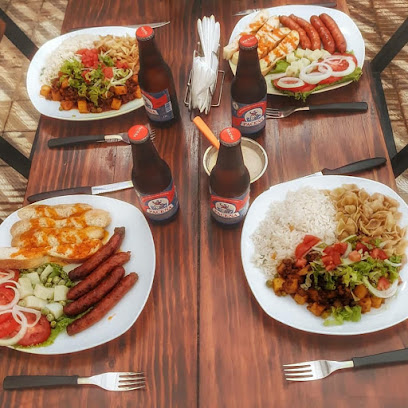
El Garaje Restobar
Discover the vibrant flavors and cozy atmosphere of El Garaje Restobar in Tarija, where local drinks and cuisine come to life.
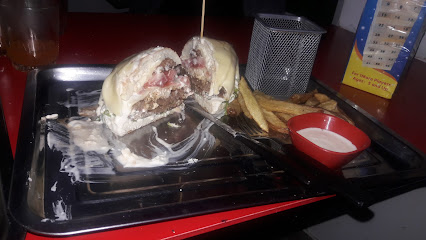
La Bifurcada
Experience the vibrant nightlife of Tarija at La Bifurcada, where local flavors, music, and a lively atmosphere come together for an unforgettable evening.
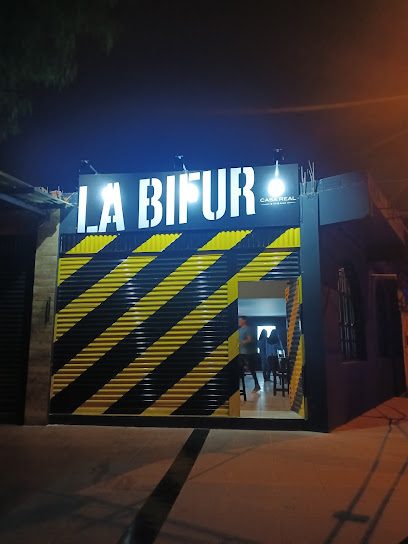
La Previa Restobar
Experience the vibrant nightlife and authentic Bolivian flavors at La Previa Restobar in Tarija, a must-visit bar for every traveler.
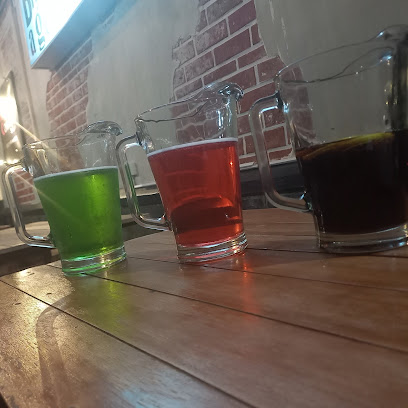
Excalibur wings & beer
Discover the vibrant flavors of Excalibur Wings & Beer in Tarija, where delicious wings and an extensive beer selection await you.

LA DIABLESA - resto bar - ROCK
Experience the vibrant nightlife of Tarija at LA DIABLESA, a rock bar offering a lively atmosphere and a diverse drink selection.
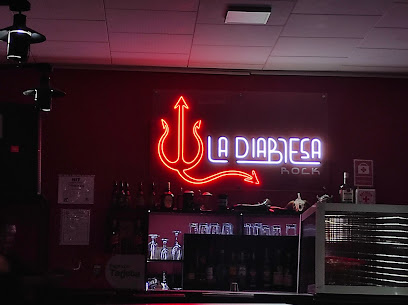
El Pub
Discover the lively nightlife at El Pub in Tarija, where locals and visitors enjoy a vibrant atmosphere and an array of delicious drinks.
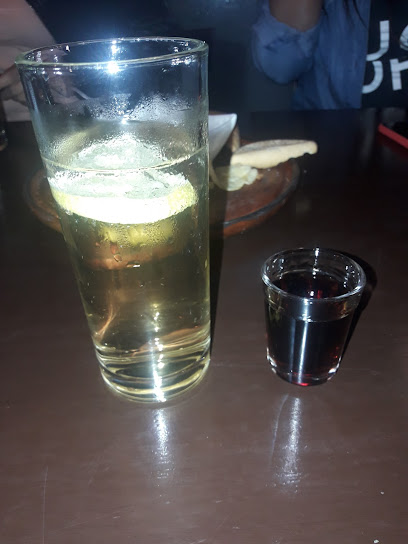
200 copas
Discover the lively 200 Copas bar in Tarija, where vibrant nightlife meets a welcoming atmosphere and a fantastic drink selection.
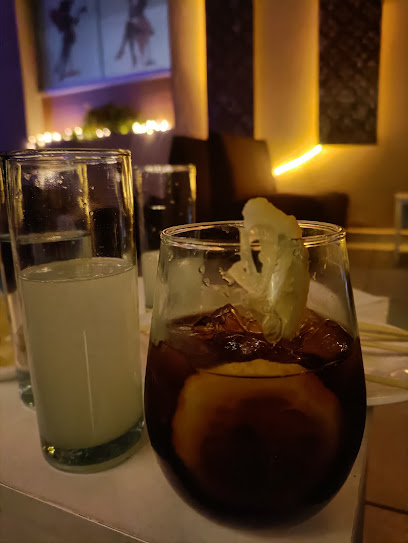
SDC Skybar
Discover the vibrant atmosphere of SDC Skybar in Tarija, offering breathtaking views, crafted cocktails, and an unforgettable nightlife experience.

Chiringuito Speakeasy
Discover Tarija's nightlife at Chiringuito Speakeasy – a stylish bar with innovative cocktails and a vibrant atmosphere.

Drinks House Tarija
Discover the lively ambiance and local flavors at Drinks House Tarija, the perfect bar for enjoying a unique Bolivian night out.
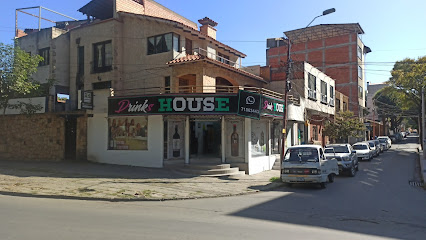
La Previa Beer Shop
Discover the vibrant craft beer culture at La Previa Beer Shop in Tarija, where local flavors and a welcoming atmosphere await.

Primera Mesa - Resto Bar
Discover the vibrant nightlife of Tarija at Primera Mesa, where locals and tourists come together for drinks, music, and unforgettable experiences.

Local Phrases
-
- HelloHola
[oh-lah] - GoodbyeAdiós
[ah-dee-ohs] - YesSí
[see] - NoNo
[noh] - Please/You're welcomePor favor/De nada
[por fah-vor/deh nah-dah] - Thank youGracias
[grah-see-ahs] - Excuse me/SorryDisculpe/Perdón
[dees-kool-peh/pehr-dohn] - How are you?¿Cómo estás?
[koh-moh ehs-tahs] - Fine. And you?Bien. ¿Y tú?
[byehn. ee too] - Do you speak English?¿Hablas inglés?
[ah-blahs een-glehs] - I don't understandNo entiendo
[noh ehn-tee-ehn-doh]
- HelloHola
-
- I'd like to see the menu, pleaseMe gustaría ver el menú, por favor
[meh goos-tah-ree-ah behr ehl meh-noo, por fah-vor] - I don't eat meatNo como carne
[noh koh-moh kahr-neh] - Cheers!¡Salud!
[sah-loohd] - I would like to pay, pleaseMe gustaría pagar, por favor
[meh goos-tah-ree-ah pah-gahr, por fah-vor]
- I'd like to see the menu, pleaseMe gustaría ver el menú, por favor
-
- Help!¡Ayuda!
[ah-yoo-dah] - Go away!¡Vete!
[veh-teh] - Call the Police!¡Llama a la policía!
[yah-mah ah lah poh-lee-see-ah] - Call a doctor!¡Llama a un médico!
[yah-mah ah oon meh-dee-koh] - I'm lostEstoy perdido
[ehs-toy pehr-dee-doh] - I'm illEstoy enfermo
[ehs-toy ehn-fehr-moh]
- Help!¡Ayuda!
-
- I'd like to buy...Me gustaría comprar...
[meh goos-tah-ree-ah kohm-prahr...] - I'm just lookingSolo estoy mirando
[soh-loh ehs-toy mee-rahn-doh] - How much is it?¿Cuánto cuesta?
[kwan-to kwes-tah] - That's too expensiveEso es muy caro
[eh-soh ehs moo-ee kah-roh] - Can you lower the price?¿Puede bajar el precio?
[pweh-deh bah-hahr ehl pree-syoh]
- I'd like to buy...Me gustaría comprar...
-
- What time is it?¿Qué hora es?
[keh oh-rah ehs] - It's one o'clockEs la una
[ehs lah oo-nah] - Half past (10)Media hora (10)
[meh-dee-ah oh-rah (diez)] - MorningMañana
[mah-nyah-nah] - AfternoonTarde
[tahr-deh] - EveningNoche
[noh-cheh] - YesterdayAyer
[ah-yehr] - TodayHoy
[oy] - TomorrowMañana
[mah-nyah-nah] - 1Uno
[oo-noh] - 2Dos
[dohs] - 3Tres
[trehs] - 4Cuatro
[kwah-troh] - 5Cinco
[seen-koh] - 6Seis
[sehs] - 7Siete
[syeh-teh] - 8Ocho
[oh-choh] - 9Nueve
[nweh-veh] - 10Diez
[dyehs]
- What time is it?¿Qué hora es?
-
- Where's a/the...?¿Dónde está el/la...?
[dohn-deh ehs-tah ehl/lah] - What's the address?¿Cuál es la dirección?
[kwahl ehs lah dee-rehk-syon] - Can you show me (on the map)?¿Puedes mostrarme (en el mapa)?
[pweh-dehs mohs-trahr-meh (ehn ehl mah-pah)] - When's the next (bus)?¿Cuándo es el próximo (autobús)?
[kwan-doh ehs ehl proh-see-moh (ow-toh-boos)] - A ticket (to ....)Un boleto (a ....)
[oon boh-leh-toh (ah ....)]
- Where's a/the...?¿Dónde está el/la...?
History of Tarija
-
The region of Tarija was originally inhabited by several indigenous groups, most notably the Tomatas and the Churumatas. These groups lived in small, autonomous communities and were engaged in agriculture, hunting, and fishing. Their cultural practices and archaeological remnants provide a glimpse into the area's early history.
-
Tarija was officially founded by the Spanish on July 4, 1574, by Luis de Fuentes y Vargas. The city was named Villa de San Bernardo de la Frontera de Tarixa, and it served as a strategic point for the Spanish Crown to control the region and facilitate the conquest of nearby indigenous territories.
-
During the colonial era, Tarija flourished as an agricultural center, producing crops like maize, wheat, and grapes. The Spanish also introduced viticulture, leading to the region's long-standing tradition of wine production. Colonial architecture, such as churches and haciendas, still dot the landscape, reflecting the Spanish influence.
-
Tarija played a significant role in Bolivia's struggle for independence from Spanish rule. The region witnessed numerous battles and skirmishes. Key figures like Eustaquio Méndez, also known as 'El Moto Méndez,' emerged as local heroes. His efforts and those of other Tarijeños were instrumental in securing Bolivian independence in 1825.
-
The Chaco War (1932-1935) between Bolivia and Paraguay had a considerable impact on Tarija. The region served as a logistical base for Bolivian troops. The war's hardships and the eventual Bolivian defeat left a lasting imprint on the local population, shaping modern Tarijeño identity and resilience.
-
Tarija is renowned for its vibrant cultural traditions, including festivals like the 'Fiesta de San Roque,' which features a unique blend of indigenous and Spanish customs. Music and dance, such as the cueca tarijeña, are integral to the region's cultural heritage, reflecting its historical journey and communal spirit.
-
Tarija is often referred to as the wine capital of Bolivia. The region's vineyards produce some of the finest wines in the country, with the altitude and climate contributing to their unique flavors. Local cuisine, influenced by indigenous and Spanish culinary practices, includes specialties like saice, empanadas, and humintas.
Tarija Essentials
-
Tarija is accessible by air and land. The main entry point is the Capitán Oriel Lea Plaza Airport (TJA), which has regular flights from major Bolivian cities such as La Paz, Santa Cruz, and Cochabamba. For those traveling by road, long-distance buses connect Tarija with various cities, including a scenic but lengthy journey from La Paz. Private cars can also be an option, but be prepared for mountainous terrain.
-
Within Tarija, taxis are the most common mode of transportation and are relatively inexpensive. Make sure to negotiate the fare beforehand or ensure the meter is used. Public buses and minibuses (trufis) operate within the city and to nearby rural areas. For more flexibility, consider renting a car, but be aware of local driving conditions and traffic laws.
-
The official currency in Bolivia is the Bolivian Boliviano (BOB). Credit and debit cards are accepted in most hotels, restaurants, and larger stores, but smaller vendors may only accept cash. ATMs are widely available in Tarija, but it's advisable to carry some cash, especially when traveling to rural areas. Currency exchange services are available at banks and authorized exchange offices.
-
Tarija is generally considered safe for tourists, but it's important to take standard precautions. Avoid walking alone at night in poorly lit areas and keep an eye on your belongings in crowded places. Known areas with higher crime rates include certain parts of the city center late at night. Always use registered taxis and avoid displaying valuables openly.
-
In case of emergency, dial 110 for police assistance, 118 for medical emergencies, and 119 for fire emergencies. The main hospital in Tarija is the Hospital Regional San Juan de Dios, which provides comprehensive medical services. Pharmacies offer over-the-counter medications, but it's advisable to bring any specific medications you might need. Travel insurance with medical coverage is highly recommended.
-
Fashion: Do dress modestly, especially in religious and rural areas. Avoid overly revealing clothing. Religion: Do respect local customs and traditions, particularly when visiting churches. Public Transport: Do be polite and offer your seat to elderly passengers. Don’t eat or drink on public transport. Greetings: Do greet people with a handshake and a friendly 'buenos días' or 'buenas tardes'. Eating & Drinking: Do try local dishes and accept food offerings graciously. Don’t refuse hospitality, as it is considered impolite.
-
To experience Tarija like a local, visit the local markets such as Mercado Central, where you can sample fresh produce and traditional foods. Engage with locals who are often friendly and willing to share insights about the city's history and culture. Don’t miss the Valle de la Concepción wine region, known for its high-quality wines. Participate in local festivals like the Fiesta de San Roque for a deeper cultural experience.
Trending Landmark in Tarija
-
Main Plaza Tarija
-
Sucre Plaza
-
Casa Dorada
-
Represa San Jacinto
-
Tarija Airport
-
Mirador de los Suenos
-
Castillo Azul Moises Navajas
-
Chorros de Marquiri
-
Bodega de Campos de Solana
-
Casa Vinícola El Potro
-
Cascada de Coimata
-
Tarija-Bolivia
-
El Museo De San Roque De Tarija
-
Tarija Bolivia
-
Secretaria de Turismo y Cultura Gobierno Autonomo Muncipal de Tarija y la Provincia Cercado
Nearby Cities to Tarija
-
Things To Do in Potosi
-
Things To Do in Uyuni
-
Things To Do in Sucre
-
Things To Do in Salta
-
Things To Do in San Pedro de Atacama
-
Things To Do in Santa Cruz de la Sierra
-
Things To Do in Cochabamba
-
Things To Do in Iquique
-
Things To Do in San Miguel de Tucumán
-
Things To Do in Antofagasta
-
Things To Do in La Paz
-
Things To Do in Arica
-
Things To Do in Tacna
-
Things To Do in Copacabana
-
Things To Do in Asuncion








